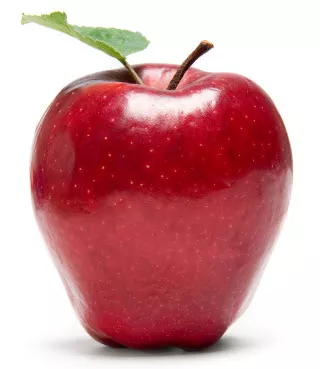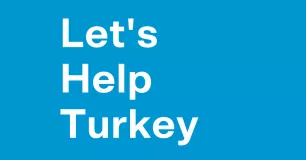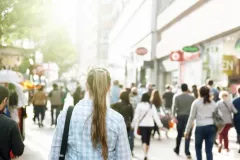
Access to healthy foods remains a challenge in low-income communities abandoned by supermarkets. Small corner stores don't typically stock many fresh fruits and vegetables. And spending time and limited funds on gas or bus fare to gain access to healthy foods doesn't always pencil out. But as you'll read below, there are some encouraging efforts under way to fix the problem. – Liz Enbysk
Baltimore-based tool maps food and health disparities
"Maps can be powerful tools for generating insights into how food production, equity, access and health are connected,” said Caitlin Fisher, John Hopkins Center for a Livable Future (CLF) Program Officer and manager of the Maryland Food System Map. CLF recently updated its interactive mapping application that enables users to visualize and download data on food and public health in Maryland. The map uses geographic information system (GIS) software to make customizable maps with information about topics like agricultural production and food insecurity. Users can explore the map to better understand geographic patterns and trends in their community, create their own map, or download data for their own research and planning. According to CLF, a 2016 survey indicated that organizations have used the map to better understand health disparities across the state, identify gaps in nutrition assistance in Baltimore City, and support program planning and development.
Hack for LA platform informs food seekers and policymakers
In a piece for CNN Money, Andrew Douglas writes about how the Los Angeles tech community has come together to take on social deficits. Among them says Douglas, who is a director for the Downtown Los Angeles Neighborhood Council and co-chairs the Los Angeles Food Policy Council Urban Agriculture Working Group, is food access. Hack for LA's most recent win, he says, is Food Oasis LA (FOLA), a mapping platform he describes as similar to Yelp that points to nearby sources of healthy foods – farmers markets, community gardens, for example. Writes Douglas: "FOLA serves food seekers, policymakers and nonprofits by simplifying outreach efforts, streamlining food access and consolidating vital data that indicate where healthy affordable food options are most needed."
Grants and tax breaks wipe out Syracuse food desertIt took more than eight years of work by a community nonprofit – plus a big chunk of grants and tax breaks -- but a 35,000 square food Price Rite opened earlier this month in what had been a Syracuse, NY food desert for decades. Jubilee Homes Executive Director Walt Dixie, who recruited Price Rite to the location, told Syracuse.com that the government subsidies are money well spent. He and the regional operations manager for Price Rite agreed that without them, the project would not have been economically feasible. The hope is that the addition of Price Rite will spur more development in Syracuse's low-income south side.
Lawmakers in Tallahassee OK financing pilot
There are a number of efforts past and present around the country to legislate an end to food deserts – or otherwise increase access to healthy foods. One example is in the Florida statehouse in Tallahassee where lawmakers recently approved a set of bills. One, according to the Tampa Bay Times, gives food stamp recipients the ability to use the electronic debit cards they rely on to buy fruit
and vegetables at farmers markets. Another is a pilot program funded at $500,000 to finance the expansion or renovation of existing grocery stores in food deserts – of which there are an estimated 400 in the state. “All over the state, and a matter of fact all over this nation, areas in mostly minority and low income neighborhoods are food deserts,” said Rep. Larry Lee, the Fort Pierce Democrat who co-sponsored the Healthy Food Financing initiative with Rep. David Santiago, R-Deltona. If the pilot proves successful Lee said the hope is more money will be available.
Denver nonprofit runs innovative market/farm
A low-income community in North Denver had 10,000 residents, but not a single full-service grocery store. But as the Christian Science Monitor tells it, a nonprofit called The Growhaus is trying to change that with an innovative market that offers up fresh produce, healthy fare and other groceries. And it doesn't stop there. Mercado de al Lado also features an indoor hydroponic farm that produces 1,200 heads of leafy greens a week as well as an aquaponics farm, mushroom farm and education center. CSM says the venue also includes a fruit and vegetable nursery for members of the community and incubator space for residents interested in starting their own food-related business.
More from our Quick Takes series:
5 cities, 5 compassionate efforts to benefit the elderly
5 cities, 5 diverse approaches to reducing hunger
5 cities, 5 assorted initiatives helping the homeless
5 cities, 5 intriguing affordable housing strategies
#CCEOST#



